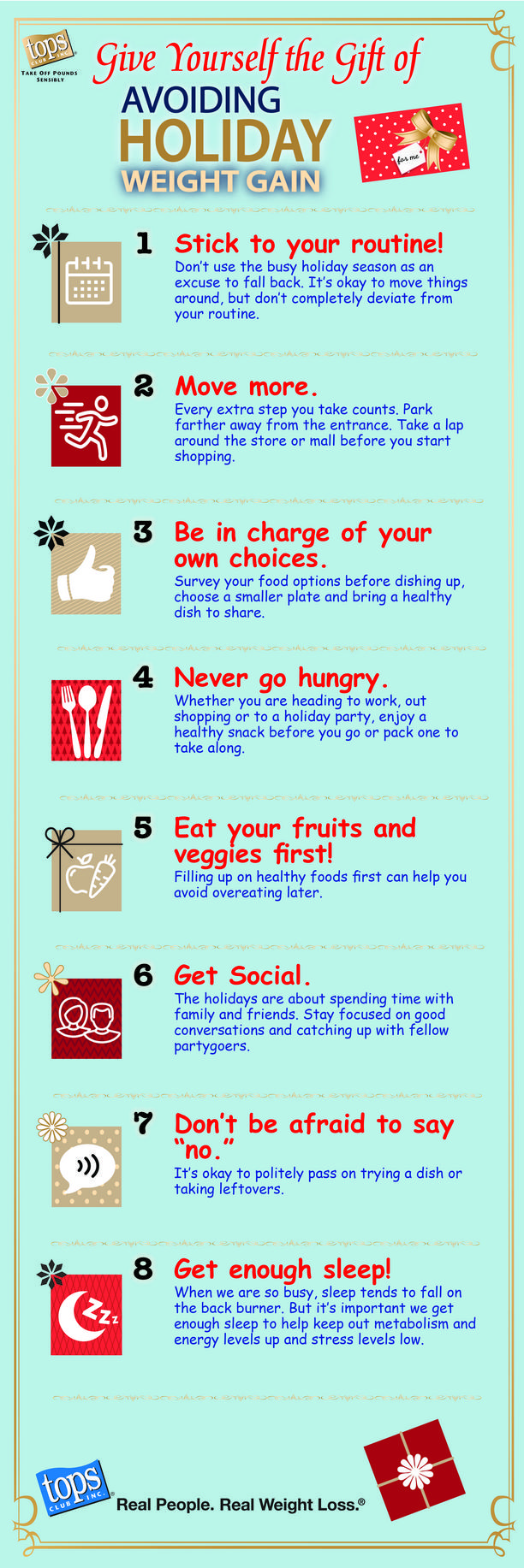
You don't have to stop exercising for menopause once you stop having periods. In fact, there are plenty of ways to keep training through menopause. It is important to understand that different phases and symptoms should be monitored. You can develop a program to suit your individual needs by understanding the different phases and symptoms.
Stretching
Menopause can bring stiffness to the joints. This can lead to pain and discomfort. Regular stretching exercises are crucial to keep muscles flexible and avoid straining them. Tai-Chi or yoga are great for increasing flexibility and balancing your body. They have also been shown to improve cardiovascular health and improve the quality of life for post-menopausal women. It is important to warm up your muscles before you begin a stretch. This will help prevent injury and keep you flexible.
Japanese research suggests that stretching for ten minutes daily may be able to relieve symptoms such as depression and menopause. The study included 40 Japanese women aged 40-60. Researchers aren't sure why stretching can improve symptoms but they recommend it.
Strengthening
Menopause can lead to muscle loss, which is a common side effect. Strength training exercises can prevent this. Specifically, women should focus on exercises that strengthen the thighs and core. These exercises should only be repeated three times, each time for thirty seconds. Additionally, women can benefit from attending local exercise classes. Pilates exercises are particularly useful in targeting deep stabilizing muscle groups. Sit-ups, lunges, and other exercises can help build muscle strength.

Performing cardiovascular exercises is another way to reduce menopause-related symptoms. Estrogen protects the heart during a woman's younger years, but after menopause, it can increase her risk of heart disease. The side effects associated with menopause like mental fogginess and sleep problems can be alleviated by exercises that increase the heart rate.
Cardio
Cardio exercise is good to the whole body and especially for women going through menopause. Cardio workouts can improve your circulation, your metabolism, your coordination, and balance. They can lower your risk for falls and fractures. These exercises can help women live longer, as they preserve their flexibility while also preserving their stamina. Women should not start too fast and then increase intensity as they get stronger to avoid injury.
Menopause is a time when women experience major emotional and physical changes. The transition to menopause is when estrogen production stops. Loss of estrogen can increase the risk of stroke, heart disease, and osteoporosis. It also lowers HDL and LDL cholesterol. Regular exercise is also less likely to cause weight gain during the menopause.
Weight-bearing
Menopause is a period when women's weight distribution changes. They can gain a few more pounds. This extra fat can be found around the stomach. These women should exercise daily to burn calories more than they consume. This can help them shed the extra weight.
Women should concentrate on activities of moderate intensity, such as walking. Indoor malls are also great places to walk and can often be opened early for walkers. Participating in group fitness classes is a good idea for women. Regular exercise can help prevent menopause-related problems.

Mind-body therapies
It is becoming more clear that alternative and complementary therapies may help women deal with menopause. There have been improvements in the symptoms of menopause when there has been research on yoga, meditation, tai-chi and breath-based therapies. Many also reported improved mood, sleep, and musculoskeletal discomfort. Although these findings show promise, the majority of studies suffer from methodological limitations, making it difficult to draw firm conclusions about the effectiveness of these treatments.
These mind-body strategies for menopause effectiveness are unknown. To examine the long-term effects of these mind-body therapies for menopause and to understand their underlying mechanisms, large clinical trials will be needed.
FAQ
How much weight can you lose in one week?
The amount of weight you can lose depends on your current body fat percentage. First, calculate how much weight your goal weight is and then determine what your BMI (Body Mass Index). Your BMI is a measure of how much weight you need to lose. If your BMI is 25 or greater, you're overweight. If your BMI reads 30 or more, you are likely obese.
Your BMI is calculated at 28.7 if your weight is 200. This would mean that you'd have to lose about 70 pounds in order to reach a healthy weight. To see if you're overweight, visit www.healthyminds.com/bmi/.
This formula can be used to calculate how many pounds you will lose each week once you have determined your BMI.
(Your Goal Weight - Current Weight)/BMI * 7 Number Of Pounds Lost Per Week
To lose 50lbs in a month you will need 2 weeks worth of exercise. This equals 56 days. Then, divide that by 7 pound per day. This works out to 8.3 lbs per week.
You could also try this calculator from www.weightlosscalculator.net. It provides an estimate of the number of calories you should consume each day to lose 12 pound per week.
Why not lose weight before your 40th birthday?
Maintaining health and fitness is the most important thing for people over 40. It is crucial to find ways that you can stay fit throughout your entire life. Regular exercise, healthy eating, moderate alcohol consumption, and quitting smoking are all important.
It is also important to understand that as we get older, our bodies change. Our bones weaken and our muscles shrink. By taking care of our bodies, we can slow the aging process.
As we age, there are many advantages to being healthy and fit. These include:
-
Better sleep
-
Improved moods
-
Energy levels increase
-
Lower chance of developing cancer
-
A longer life
-
More independence
-
Better sex
-
Improved memory
-
Improved concentration
-
Improved circulation
-
Stronger immune system
-
Fewer aches & pains
How to create an exercise program?
The first step is to create a routine for yourself. You need to know what you will do each day and how long you will spend doing it. This helps you plan ahead, and it will also help you avoid procrastination.
Second, make sure that your workouts are varied. It is important not to get bored while exercising. This will cause you to lose interest and make it difficult for you to stick with it.
Also, you need to keep track on your progress. It's important to see how much weight you have lost or gained over time.
You can lose weight quickly if you do not gain weight. On the other hand, if you gain too much weight, it becomes harder to stay motivated.
You should find a balance between weight gain and weight loss. If you're not happy with where you are, then you'll be less likely to continue exercising.
How to Lose Weight?
People who are looking for a way to look good and lose weight are the top goals. People desire to lose weight because they want to live longer, feel healthier, and live longer. There are many methods to lose weight and different types of exercise. There are many options for losing weight, including cardio training and strength training. Each exercise has its pros and cons. If you are looking to burn calories, walking is your best choice. For building muscle mass, weight lifting is the best choice. This article will explain how to lose fat and what exercise to do.
What kind of diet plan should you follow when trying to lose weight? You don't have to eat as much, but you do need to reduce the amount of processed foods and avoid junk. Aim to consume no less than 2200 calories each day. Reduce your calorie intake if you are looking to lose weight more quickly. This way, you will get rid of fat much faster.
Start exercising if you want to quickly lose weight. Exercise helps to reduce calories and improve metabolism. Combine exercise and healthy eating to effectively lose weight. When you exercise, you use up energy, and therefore you won't be able to eat as much. Your body will begin to burn fat quicker if you train regularly. Regular workouts are a way to stay healthy. They keep you active and prevent diseases like heart disease, stroke, hypertension, diabetes, and others.
Walking is a great way to exercise. Walking burns approximately 500 calories each hour. Walk 30 minutes per day to burn around 1500 calories. Therefore, you will lose 1 pound of fat per week. For 10 minutes, you can run or jog. Running burns around 1000 calories per hour. For a goal of losing 5 pounds in 3 week's time, you should run for 20 mins three times a week.
The best way to lose weight? Combine exercise and healthy eating habits. Try to find a balance between these two factors.
Statistics
- It's estimated that half of all American adults attempt to lose weight every year (1Trusted (healthline.com)
- A 12-week study in 20 women with obesity found that walking for 50–70 minutes 3 times per week reduced body fat and waist circumference by an average of 1.5% and 1.1 inches (2.8 cm), respectively (healthline.com)
- One 6-month study showed that simply doing 11 minutes of strength-based exercises 3 times per week resulted in a 7.4% increase in metabolic rate, on average. (healthline.com)
- One study in 9 active men found that HIIT burned 25–30% more calories per minute than other types of exercises, including weight training, cycling, and running on a treadmill (18Trusted Source (healthline.com)
External Links
How To
How to Intermittent Fasting
Intermittent fasting, a type of dieting that allows you to only eat one time per week, generally Monday through Friday. The goal is to decrease your overall calories and still get adequate nutrition. This will allow you to burn fat more quickly than eating regular meals throughout the week.
The most popular form of IF is to limit calories to certain days. This would be a way to skip breakfast and eat whatever you want throughout the day. You could choose to eat three small meals per day rather than two big ones.
There are many different forms of intermittent fasting, including alternate day fasting, 5/2 fasts, 8/4 fasts, 16/8 fasts, etc. There are pros and cons to each type of intermittent fasting. Because you don't need to make major lifestyle changes, alternate day fasting can be the easiest way to get started. However, not everyone can stick to a rigid schedule. They might prefer to experiment with other methods.
I recommend alternate-day fasting if you're starting an intermittent fasting regimen. This will allow you gradually to transition into more extreme fasting habits without changing your lifestyle.